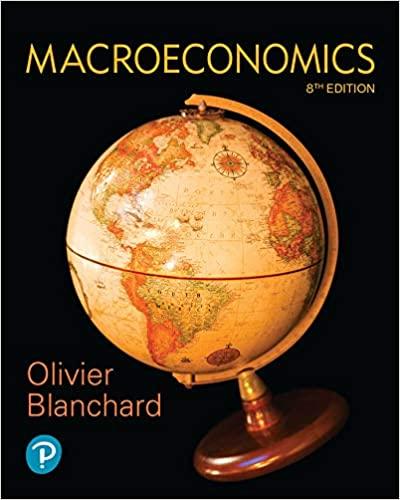In the late 1960s, Milton Friedman and Edmund Phelps argued that there was not a structural relationship
Question:
The tradeoff between unemployment and inflation was much discussed throughout the 1960s as there appeared to be a clear tradeoff between unemployment and inflation. In fact, we traced out the Phillips curve beginning in the early 1960s and continuing through the end of the decade. In the space below, recreate the Phillips curve, being sure to label the diagram completely. At minimum, you should have unemployment / inflation combinations for 1961, 1962, 1964, 1966, and 1969. Connect the dots and we have the tradeoff between unemployment and inflation during the 1960s, aka, the Phillips curve.
a) Now explain why the Phillips curve that you constructed can only be a short-run phenomenon at best. In particular, explain exactly why, as we went through the decade of the 1960s, we continuously move up and to the northwest along the Phillips curve.... from relatively high rates of unemployment and low inflation to relatively low rates of unemployment and high rates of inflation. In your answer, make sure discuss the short run aspect of this curve and why, in the long-run, the Phillips curve is vertical (hint: expected inflation, unexpected inflation, actual real wages, and expected real wages should be a big part of your explanation).
Fantastic news! We've Found the answer you've been seeking!
Step by Step Answer:
Related Book For 

Question Posted:






